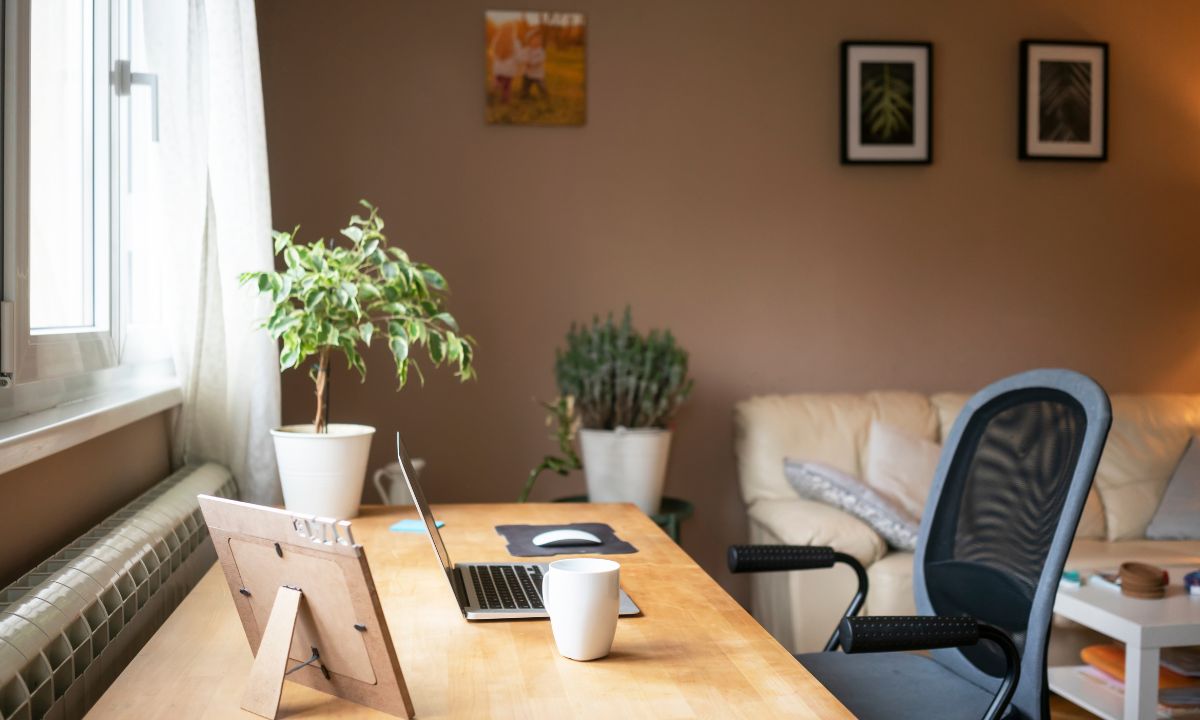Mortgages for Remote Workers Who Want Dual Residences
 Remote work has transformed the way people live and plan their financial futures. Instead of being tied to one city, many professionals now choose to split their time between two homes. Some want the excitement of an urban condo while keeping a peaceful retreat in the mountains or at the beach. Others need to balance family life in one state with work opportunities in another. As this trend grows, understanding mortgage options for dual residences has become essential.
Remote work has transformed the way people live and plan their financial futures. Instead of being tied to one city, many professionals now choose to split their time between two homes. Some want the excitement of an urban condo while keeping a peaceful retreat in the mountains or at the beach. Others need to balance family life in one state with work opportunities in another. As this trend grows, understanding mortgage options for dual residences has become essential.
Primary Residence vs. Second Home
When applying for a mortgage, lenders make clear distinctions between a primary residence and a second home. A primary residence is the place you live most of the year, often qualifying for the lowest interest rates and most favorable terms. A second home is typically a vacation property or an additional residence that you intend to occupy part-time. Remote workers often find themselves in between, spending significant time in both homes. Choosing which property to declare as your primary residence can affect loan approval, taxes, and insurance requirements.
Qualification Challenges for Two Mortgages
Owning two homes means two mortgages, and lenders will carefully evaluate your ability to manage the payments. They will look at your debt-to-income ratio, employment stability, and overall financial profile. Even if remote work provides flexibility, it can raise questions about income consistency, especially for freelancers or contractors. Preparing documentation, such as pay stubs, tax returns, or proof of ongoing contracts, can help demonstrate financial stability. Lenders may also ask about the intended use of the second property to ensure it is not being purchased as an undisclosed rental.
Tax and Insurance Considerations
Dual residences come with additional financial layers beyond the mortgages themselves. Property taxes can vary widely depending on the state or municipality, so it’s important to research both locations. Insurance is another factor, especially if one of your homes is in a high-risk area like a coastal region or wildfire zone. Mortgage lenders will require adequate insurance coverage for both properties, which can increase costs significantly. However, homeowners may benefit from deductions on mortgage interest for both primary and secondary homes, depending on the circumstances.
Creative Financing Options for Remote Workers
Remote workers who want dual residences are finding creative ways to finance their lifestyle. Some choose a conventional mortgage for the primary residence and a home equity line of credit (HELOC) to help fund the second property. Others use employer housing benefits, relocation packages, or even co-ownership agreements with family members. A growing number of lenders are also recognizing the changing workforce, offering flexible qualification programs designed for remote professionals. Exploring multiple lenders and comparing loan types can help find the right fit.
Is Dual Residence Ownership Right for You?
While the idea of owning two homes is appealing, it requires careful planning and financial discipline. Remote work has unlocked the freedom to live in multiple places, but lenders still expect a clear repayment plan. Before committing, consider the long-term costs, travel demands, and lifestyle benefits. For many, dual residence ownership is not just possible, but a smart way to balance work, family, and leisure in the new world of remote living.

 As remote work continues to progress, having a well-designed home office is more than just a luxury, it has become a necessity. A thoughtfully created workspace can increase productivity, boost creativity, and promote overall well-being. As a mortgage originator, I’ve seen how creating a productive environment impacts work-from-home efficiency and comfort. Whether you’re setting up a corner nook or dedicating an entire room, here are six practical ideas to transform your home office into an ideal place to get things done.
As remote work continues to progress, having a well-designed home office is more than just a luxury, it has become a necessity. A thoughtfully created workspace can increase productivity, boost creativity, and promote overall well-being. As a mortgage originator, I’ve seen how creating a productive environment impacts work-from-home efficiency and comfort. Whether you’re setting up a corner nook or dedicating an entire room, here are six practical ideas to transform your home office into an ideal place to get things done.